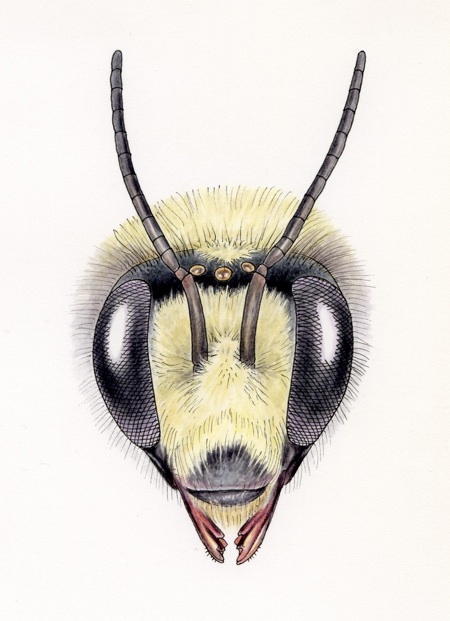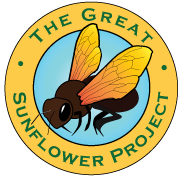
This is a new pollinator established in May of 2024 at the TPS School in Princeton, MA. Teachers and students are very excited about having it and are starting to use it for their classes and use the plants for science studies. We are hoping that the teachers and students will use the garden in more ways (art, writing, math) and collect data on pollinators and learn about their specific relationships with nativr plants this coming year.
How large is your yard?:
178.00
square yards
Are there areas with sandy loamy soil?:
Yes
Are there low traffic areas where the soil is not turned over, tilled or plowed?:
Yes
Are there areas dead wood, brush piles or snags present?:
Yes
Are there areas with pithy twigs (elderberry, cane fruit, sumac, etc…)?:
Yes
Do you have native bunchgrasses?:
Several areas or one large area.
What is the main type of vegetation in the area you are evaluating (park, garden, yard, farm...)?:
Native wildflowers
How much of the garden is planted with flowering annual or perennial plants (including shrubs, vegetables and trees)?:
Most (more than 75%)
Are the flowering plants that you have pollinator friendly?:
Most (more than 75%)
How many flowers in your garden bloom in spring?:
10 or more
How many flowers in your garden bloom in fall?:
10 or more
How many flowers in your garden bloom in summer?:
10 or more
Are flowers planted in clumps?:
Yes.
How much mulch is on the ground?:
None.
Is there fresh, clean water always available with a perch that bees could stand on and drink?:
Yes
Does the garden use herbicides?:
No.
Are pesticides used in the garden?:
No
